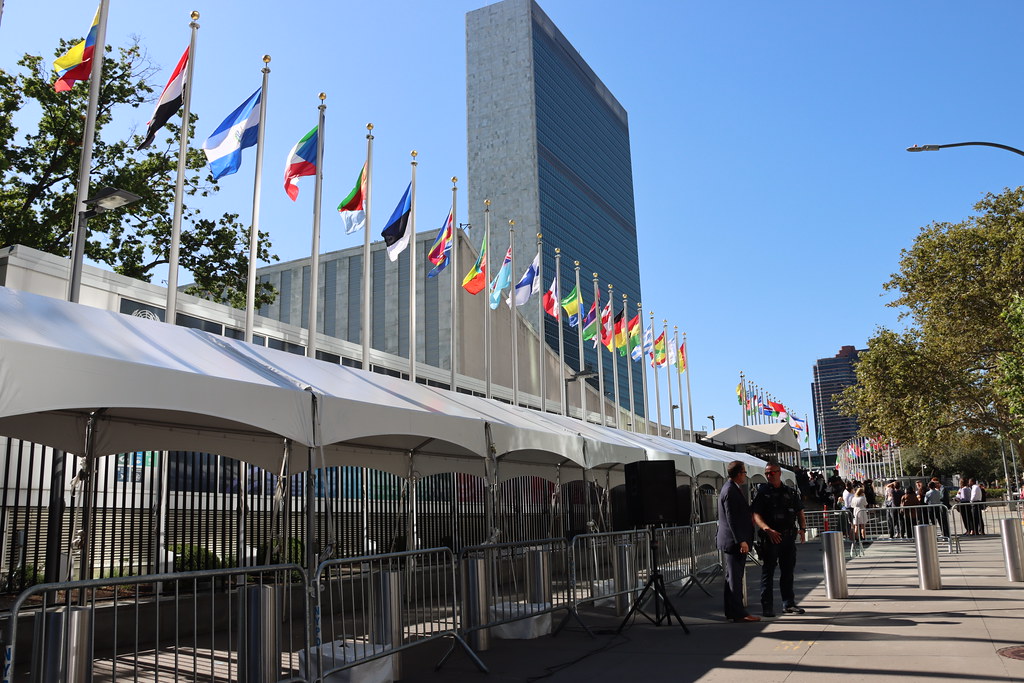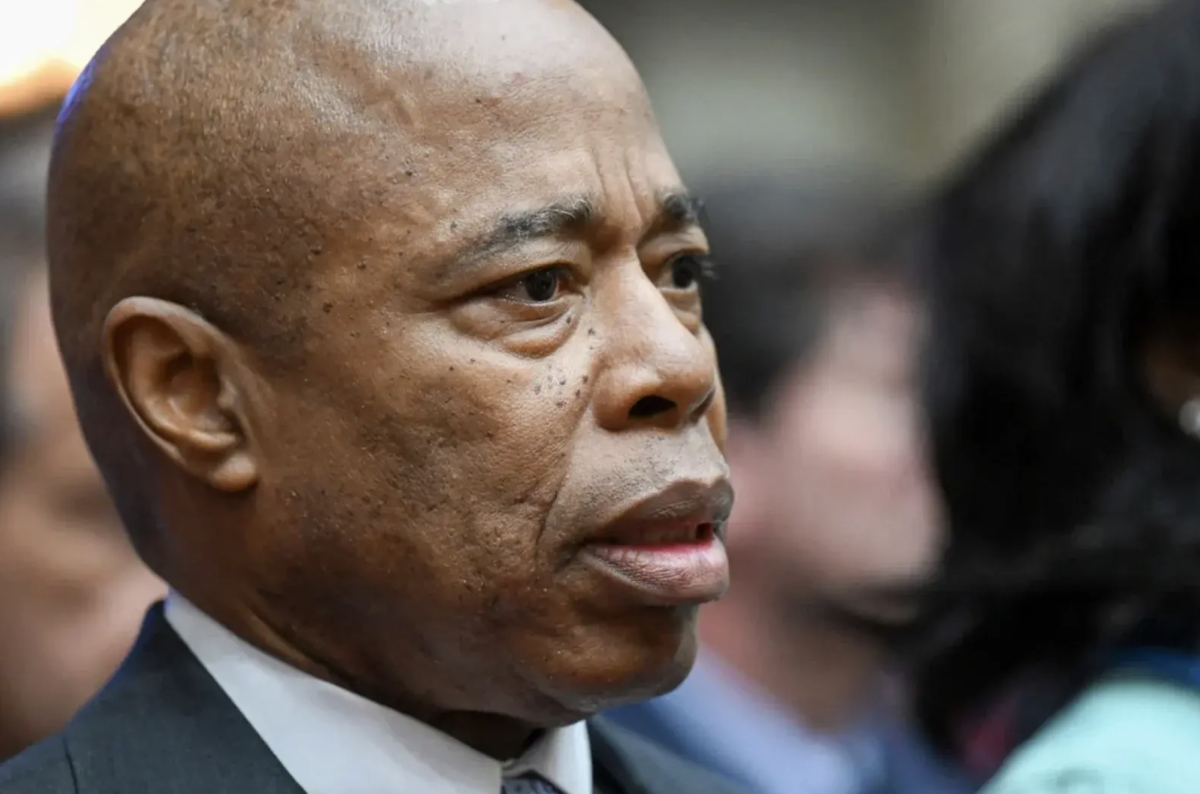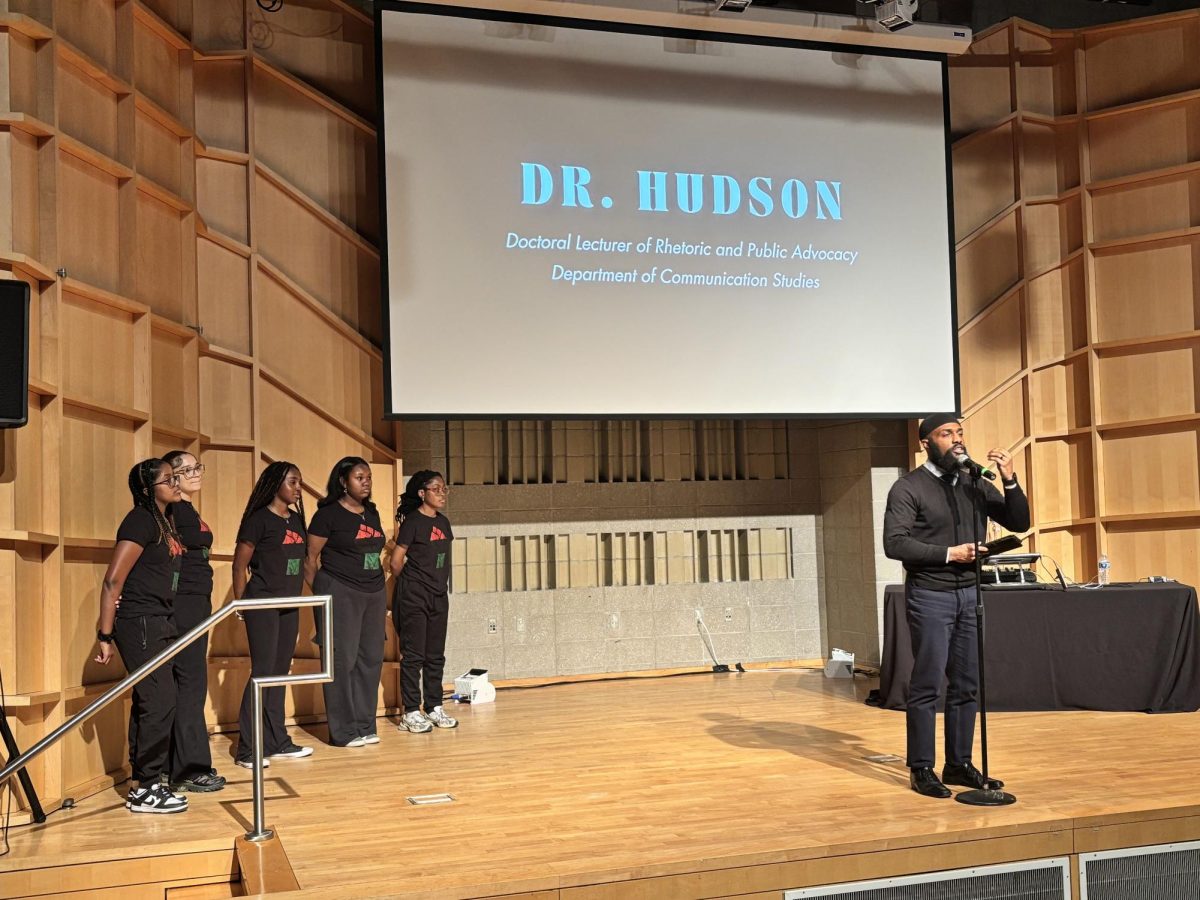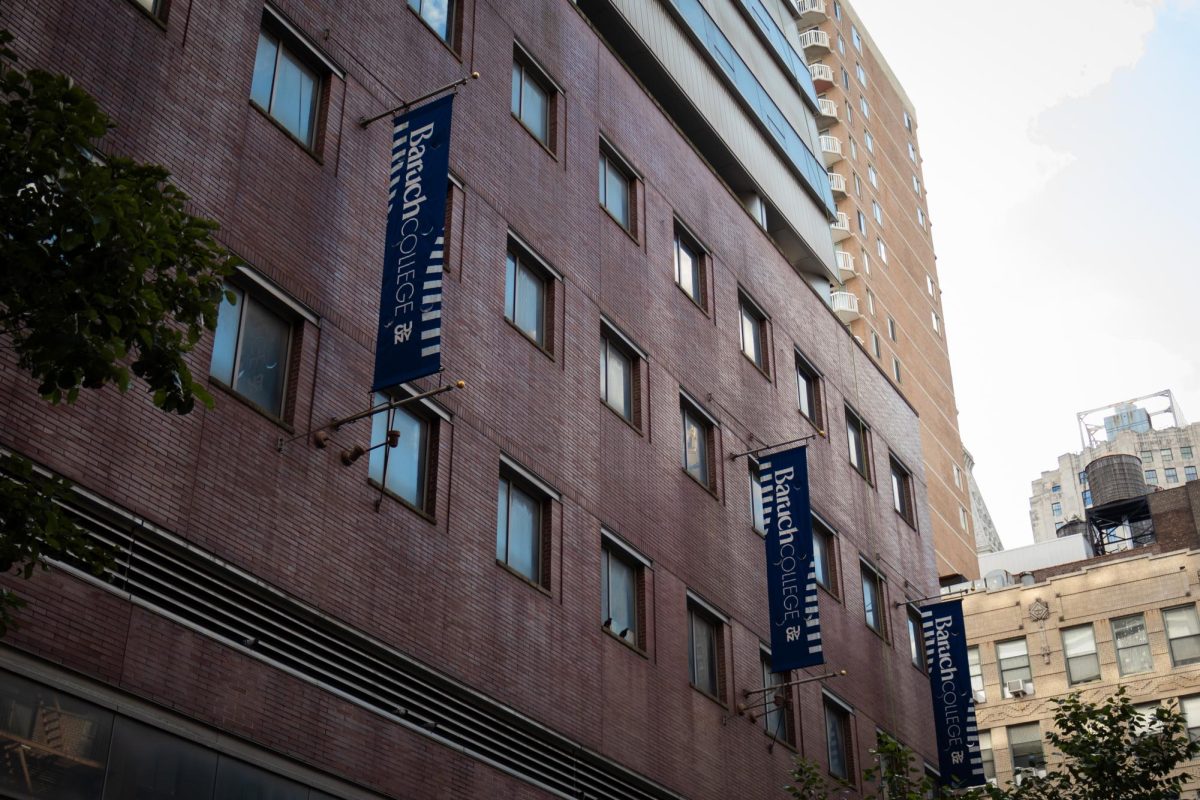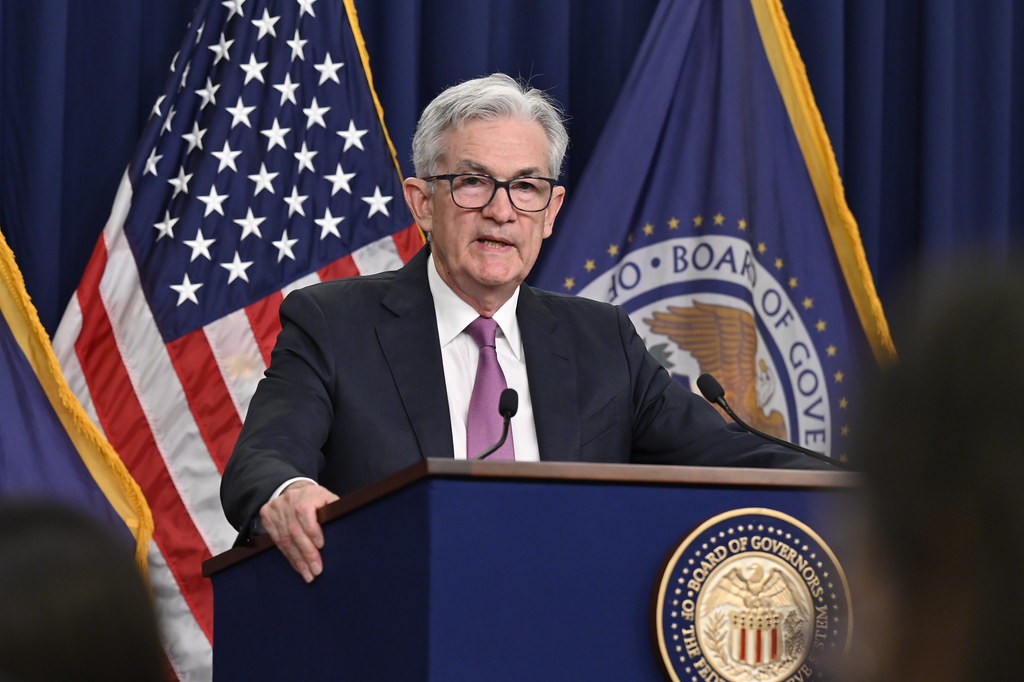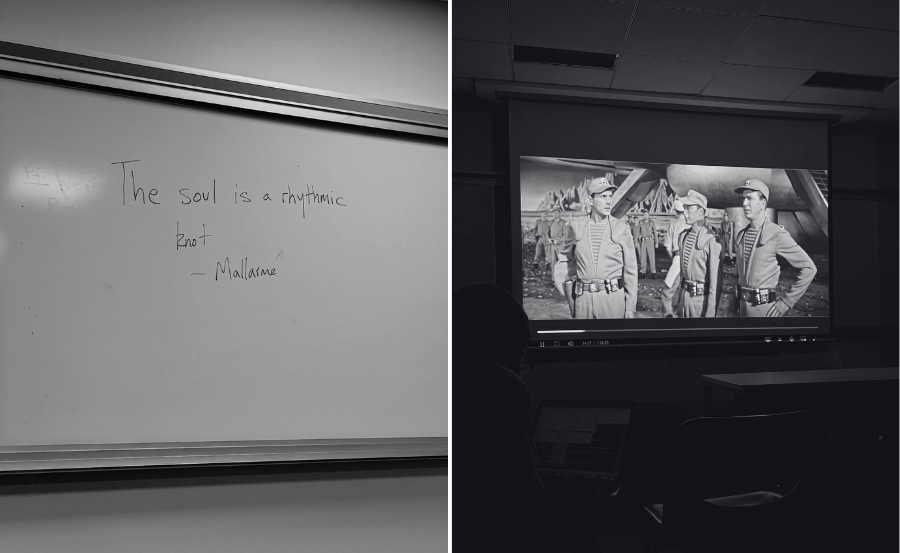The United Nations General Assembly shouldn’t create traffic inconveniences for New Yorkers.
The UNGA is a policymaking and representative organ of the United Nations. They meet every year in regular sessions from September to December. This year the assembly began its 79th session on Sept. 10 and will continue for two weeks.
The Department of Transportation announced 34 different street closures for Sept. 10 through Sept. 24 throughout Manhattan. During this time global politicians, diplomats, ambassadors and heads of state will be shuttled to and from the U.N. headquarters for assembly meetings, creating unnecessary traffic and possible gridlock.
The NYC DOT has announced 20 “Gridlock Alert” days as the U.N. General Assembly begins its High-Level Week sessions. These Gridlock Alert days are when traffic is expected to be at its slowest and most congested, running from September to December.
“We strongly encourage New Yorkers and those in the region to travel by transit every day of the year—but it’s especially important during Gridlock Alert days,” NYC DOT Commissioner Ydanis Rodriguez said. “The UN General Assembly is a great event each year the city is proud to host, but New Yorkers should do their part in minimizing congestion and seeking alternative modes of transportation.”
Given the already heavy traffic conditions of Manhattan, the U.N. General Assembly should be more mindful of their travel patterns. There should be more efficient ways to safely transport U.N. General Assembly members to and from the U.N. headquarters that don’t cause the rest of Manhattan to suffer in gridlock, whether that be by hosting them all in a nearby hotel or moving the location of the assembly entirely to a less populated area.
New Yorkers shouldn’t be so greatly inconvenienced by assembly meetings that could technically take place anywhere.


